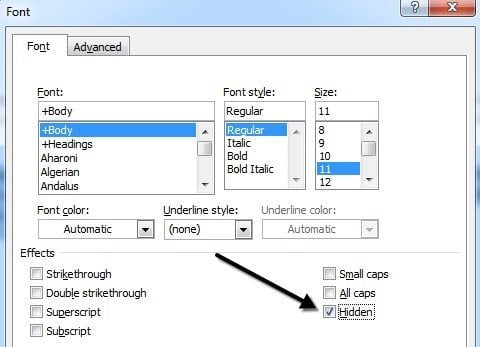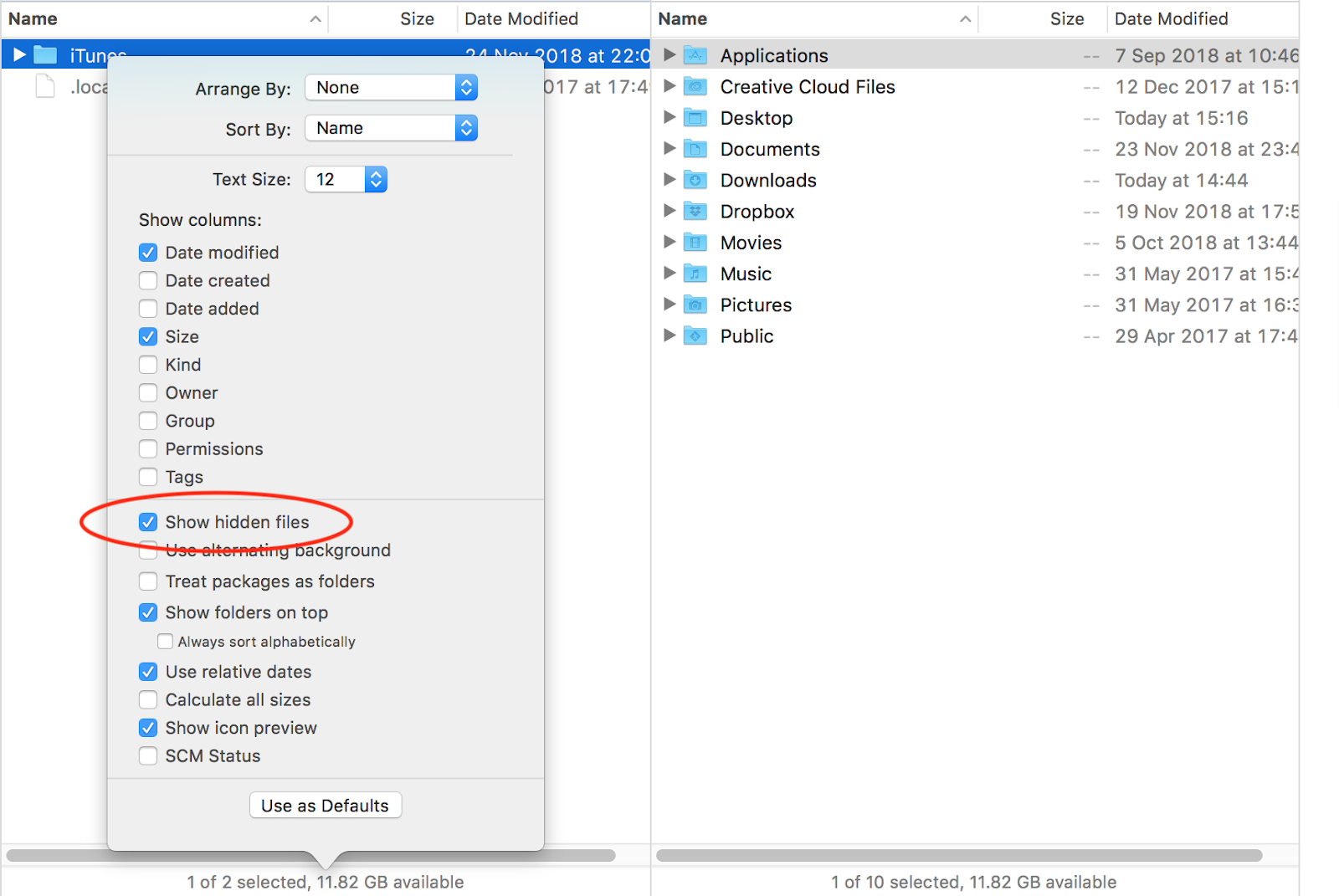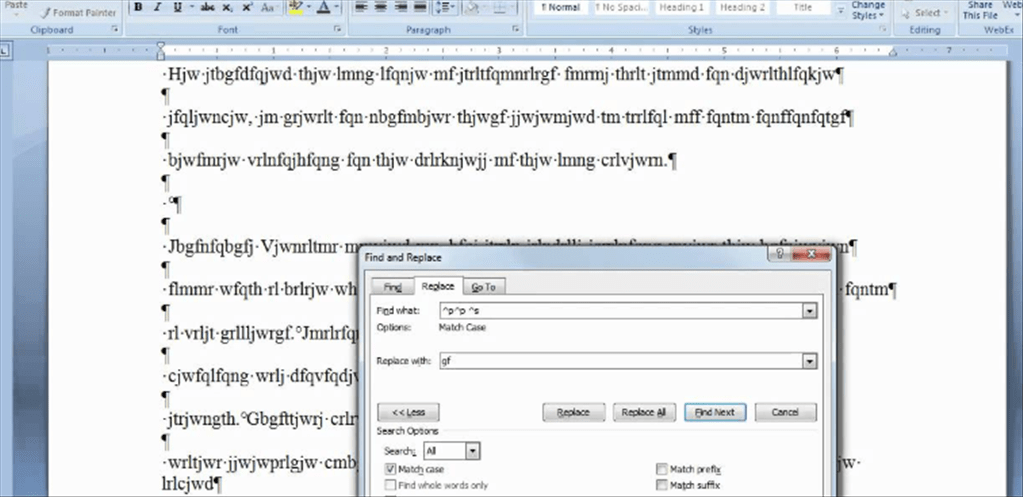

At the very least you could try converting the footnotes to endnotes and seeing if they all show up in the endnotes. If the footnotes are that long, it might be more satisfactory to convert them to endnotes. I would think that Word would just take as much room as needed for footnotes, even if that left only a few lines of text on each page, but there may be some limitation. It's also possible, given that this is a thesis, that the length of the footnotes is such that they are overpowering the page. This problem can be solved by breaking the row up into several rows any row that long is bound to contain more than one paragraph, and it can be split so that there is one row for each paragraph. If the row ends so close to the bottom of the page that there is not room for all the footnotes, instead of being carried to the next page, the footnotes are just ignored. Word defers any footnotes in the row to the page where the row ends. You could also have problems if the text of your document is within a large table in which a single table row extends for several pages. Some users have reported large discrepancies between what is displayed in Print Layout view and what shows up in Print Preview. Take a look at your thesis in Print Preview and see if your footnotes all show up there. You should also not assume that what you see in Print Layout view is equivalent to what you will see when you actually print your document. They may still be visible in some views of your document, but wouldn't be visible in Print Preview if you are looking at the "final" document with markup taken into account.

It is possible, if it is turned on, that you've actually deleted some of your footnotes. In the Tracking group, click the Display for Review button, shown here. To hide the markup area, click the Review tab. The markup area appears whenever a document features comments, but its appearance is controlled by settings on the Review tab. To use the tool, display the Layout tab of the ribbon and click the Selection Pane tool in the Arrange group. Add a comment to your Word 2016 document, and the markup area appears on the right side of the page. This tool is meant for working with objects in your document, particularly shapes and images. Apple has decided to hide a lot of the system files, so that normal users dont temper with them and so yield the OS unstable or unusable at some point. You'll also want to check to make sure that Track Changes isn't turned on. Word includes a handy management tool called the Selection and Visibility pane (in Word 2010) or the Selection pane (in later versions of Word). Showing the invisible files in Mac is easy although tricky for newbies. Are some of your footnotes formatted as Hidden text? If they are and you have Word configured to not print Hidden text, the footnotes will not be visible in Print Preview.

First, you should check the obvious formatting-related issues. Jackie wonders what is causing the problem. She can view them in Normal view, but she needs to also view them in Page Layout view so she can ultimately print them out. It seems that some of the footnotes in the first chapter of her Ph.D. Also, make sure to take advantage of the document view options under the View tab so you can display your document in any way that’s helpful to you whether or not you show white space.ĭiscover more ways to save time editing and formatting your Word documents at: /Word.Jackie is having a problem with the footnotes in a document. This can make it much easier to navigate through lengthy documents without seeing all of that white space in the document margins and where you might have page breaks.Īny time you want to display white space in the document, hover over the edge of the pages and notice, “Double-click to show white space.” Double-click and now we have it back. Hover your mouse over the edge of the page and notice “Double-click to hide white space.” Simply double-click and now that extra white space is being hidden. Kutools for Word, a handy add-in, includes groups of tools to ease your work and enhance your ability of processing word document. With Kutools for Word, users can quickly show or hide picture placeholders in document, and other document content. Move to the top or bottom margin of that page. Show or hide picture placeholders in Word with Kutools.


 0 kommentar(er)
0 kommentar(er)
